41 adorable baby animal names (with pics!)
Baby animal names are sometimes just as cute as the baby animals themselves. Here's a list of 41 of the cutest names and facts about baby animals and their mothers and fathers.
1. What is a baby horse called?
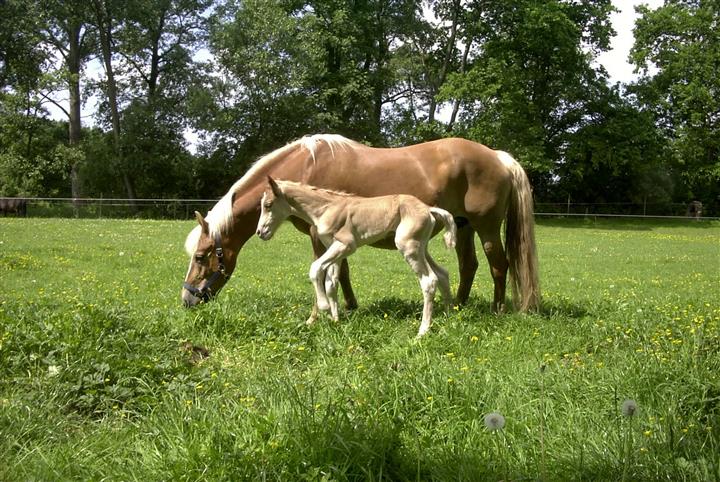
Male foals are called colts, and females are called fillies. A male parent is a sire and a female parent is a dam. Horses are not fully grown for about five years. An adult male horse is called a stallion, and a female is a mare. The average life span is 18 years, but 30-year-old horses are common.
2. What is a baby turkey called?
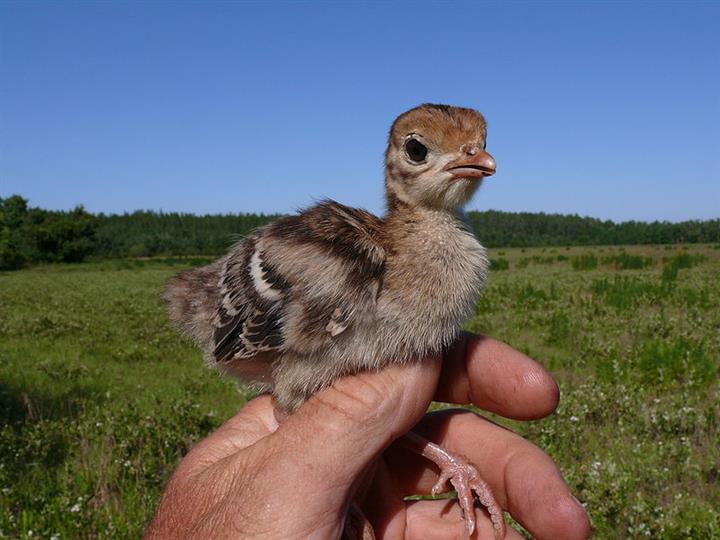
The name "turkey" was originally the name for African guinea fowl, and it eventually became the name for the Western hemisphere fowl with which the earlier fowl was confused. It is short for turkey cock or turkey hen. Turkey hens build the nest alone on the ground and lay eight to 15 eggs per clutch.
3. What is a baby goat called?
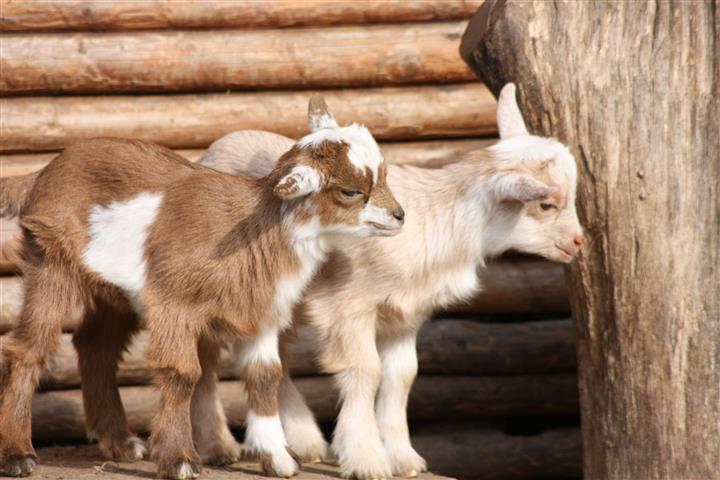
True wild goats, all of Old World origin, include the Persian bezoar goat, or pasan, possibly the ancestor of the domestic varieties; the several species of ibex (including the tur), and the markhor of Asia, with spirally twisted horns. Goats are hardy cliff dwellers, preferring an arid climate. They live in herds and feed on grass, weeds, shrubs, and other vegetation.
Did you know?
Goats' horns are hollow.
4. What is a baby deer called?
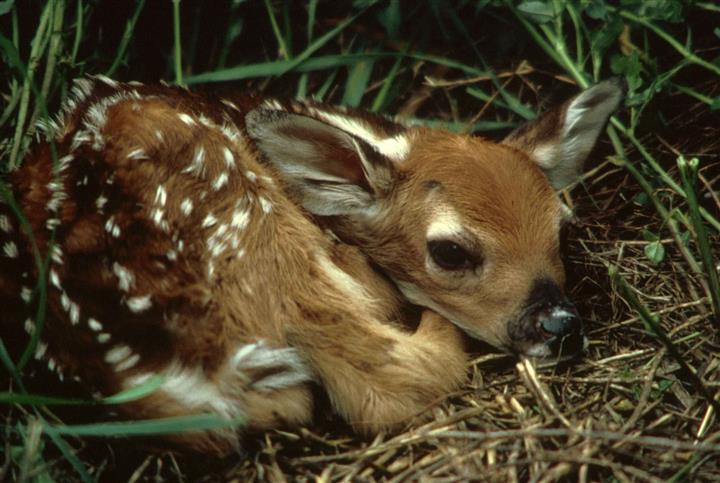
Did you know?
A deer discovered in Myanmar (Burma) in 1997 is believed to be the smallest deer in the world. Called the leaf deer, Muntiacus putaoensis, it stands about 20 inches (45 cm) at the shoulder. The misleadingly named mouse deer, or chevrotain, is not a deer, but belongs to a related family.
5. What is a baby fox called?
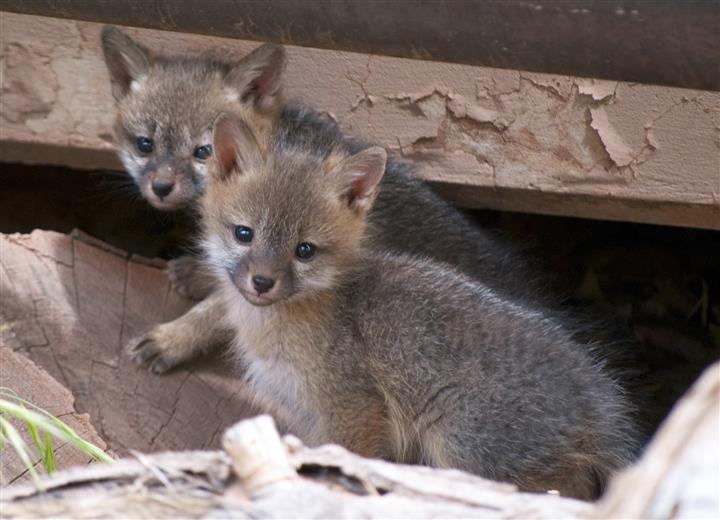
Fox kits are on their own after about five months. Foxes feed on insects, earthworms, small birds and mammals, eggs, carrion, and vegetable matter, especially fruits. Unlike other members of the dog family, which run down their prey, foxes usually hunt by stalking and pouncing. They are known for their raids on poultry but are nonetheless very beneficial to farmers as destroyers of rodents.
Did you know?
The smallest fox is the fennec, or desert fox (Fennecus zerda), of the Sahara and Arabian deserts. An excellent burrower, it has enormous ears and a fluffy pale cream coat.
6. What are baby sharks called?
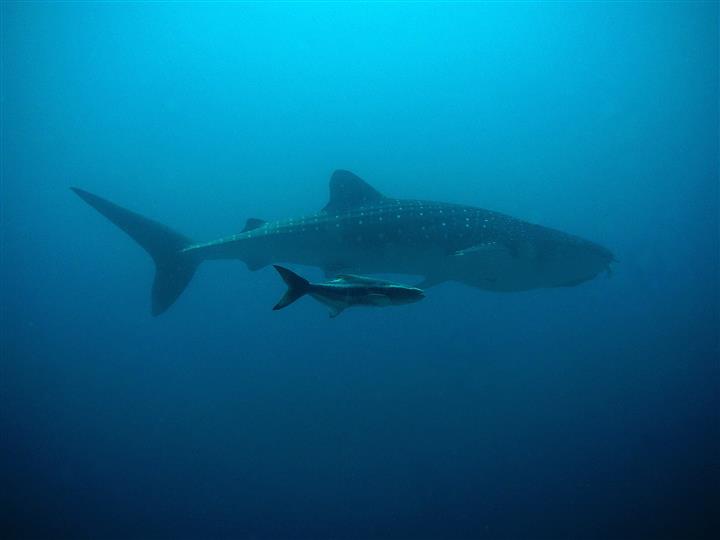
Members of most shark species bear live young, but a few of the smaller sharks lay eggs containing much yolk and enclosed in horny shells. Compared to bony fishes, sharks tend to mature later and reproduce slowly.
Did you know?
Like most fish, sharks breathe by taking water in through the mouth and passing it out over the gills. Most sharks must keep moving in order to breathe and to stay afloat.
7. What is a baby elephant called?
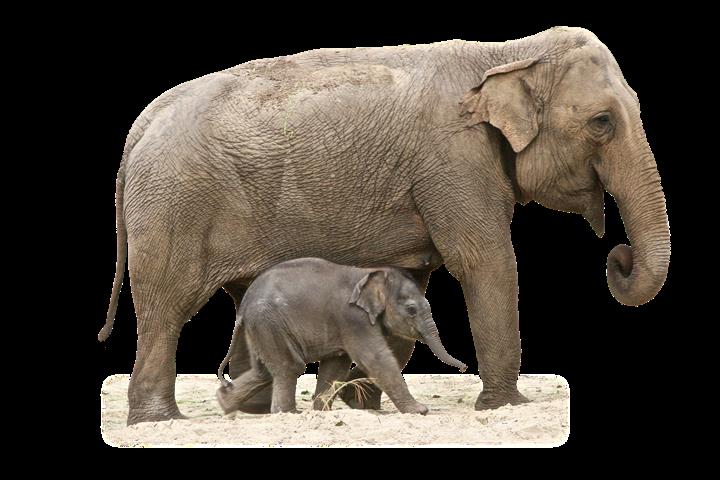
A single calf is born after a gestation of 18 to 22 months and is nursed for 5 years. Elephants reach maturity at between 15 and 25 years of age; their lifespan is usually 60 or 70 years.
Did you know?
The elephant is the largest living land mammal. Elephants drink by sucking water into the trunk and squirting it into the mouth; they also use the trunk to spray themselves with water and with dust. Elephants walk at a pace of about 4 mph (6.4 km/h), but can charge at speeds of 30 mph (48 km/h). They cannot jump and so cannot pass barriers too wide or too high to step over. But they are capable swimmers.
8. What is a baby kangaroo called?
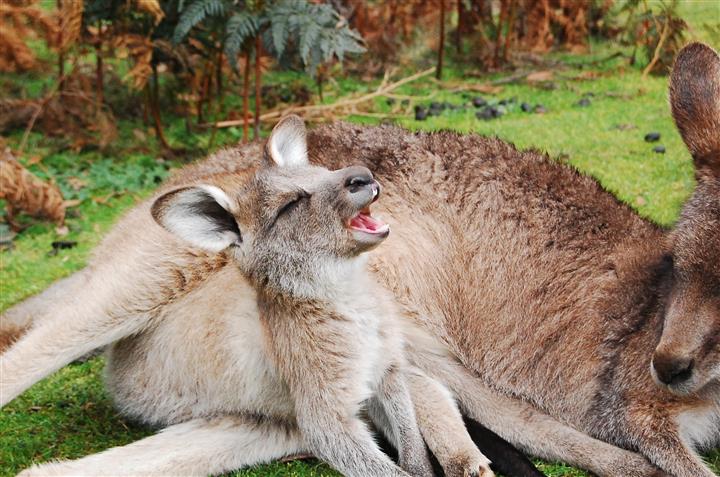
The single joey is born in an immature state after a gestation period of about 40 days and is suckled in the mother's pouch for about six months. After it begins to graze, it returns frequently to the pouch for shelter and transport until it is too large to be carried.
Did you know?
The largest kangaroo, and largest of all marsupials, is the great red kangaroo, which inhabits the inland plains of Australia. Males of this species may be over 7 feet (210 cm) tall and weigh over 200 lbs (90 kg). They are bright maroon in color, with white faces and underparts. Females, called blue flyers, are blue-gray; smaller and faster than the males, they may achieve speeds of 30 mph (48 km/h).
9. What is a baby swan called?
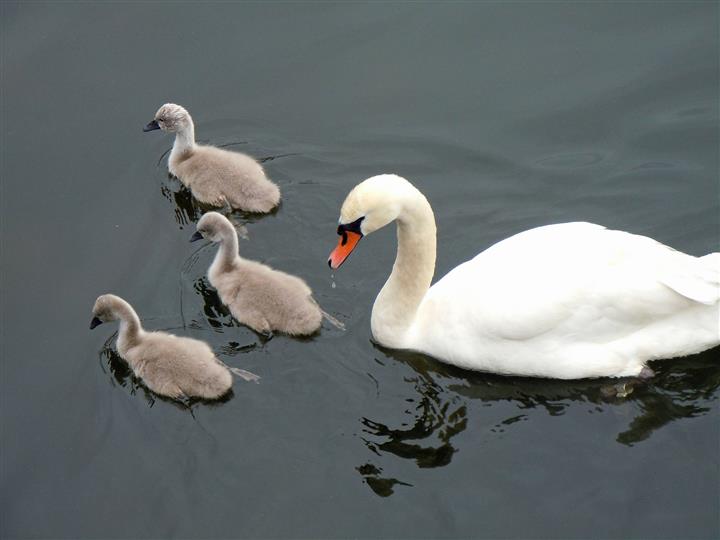
Did you know?
Conservation measures saved the almost extinct trumpeter swan of North America, the largest species. Wild species in Europe include the whooper (or whooping) and the Bewick swans. The black swan is native to Australia, and the black-necked swan is found in South America.
10. What is a baby sheep called?
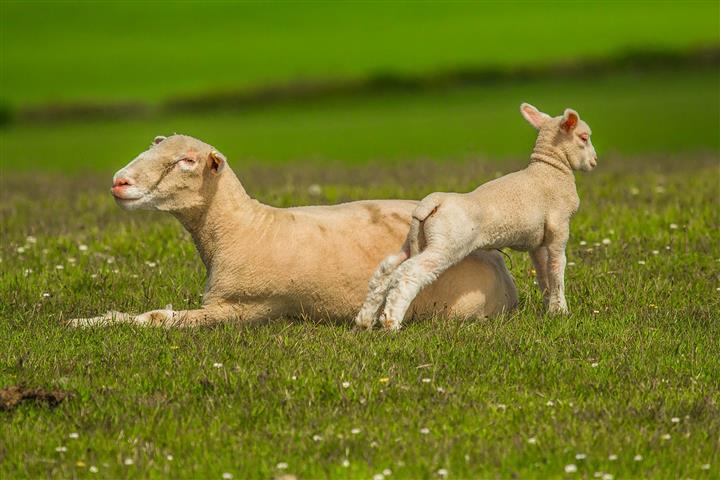
A male sheep is called a ram and a female is called a ewe. Most sheep mate in the fall, and the lambs, born five months later, are called spring lambs.
Did you know?
Sheep were first domesticated around 7,000 years ago, and the first use of their fleeces for wool is dated at around 4000 BCE.
11. What is a baby rabbit called?
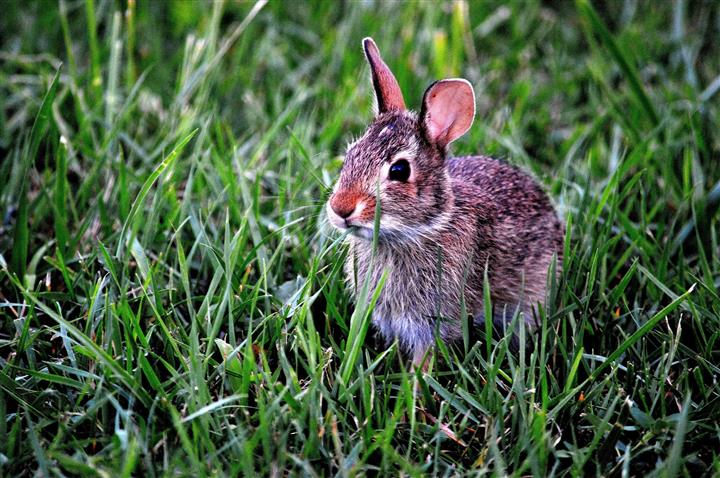
Although usage varies, the term "rabbit" generally refers to small, running animals, with relatively short ears and legs, which give birth to blind, naked young, while "hare" refers to larger, hopping forms, with longer ears and legs, whose young are born furred and open-eyed. The reproductive rate of rabbits is notorious. The European common rabbit breeds from February to October; its gestation period is 30 days and there are five to eight young in a litter. In most regions, its numbers are kept down by its many predators, such as the fox, the badger, and birds of prey. However, when domestic rabbits escaped in Australia, where they had few natural enemies, they ran rampant and stripped the countryside of vegetation in many regions. They were brought partially under control by the artificial introduction of a viral disease called myxomatosis.
Did you know?
European Common rabbits live in elaborate systems of adjoining burrows called warrens. The young are suckled in a special burrow, dug by the mother at a distance from the warren and lined with a nest of her own fur. The entrance to this burrow is plugged with earth when she is away.
12. What is a baby whale called?
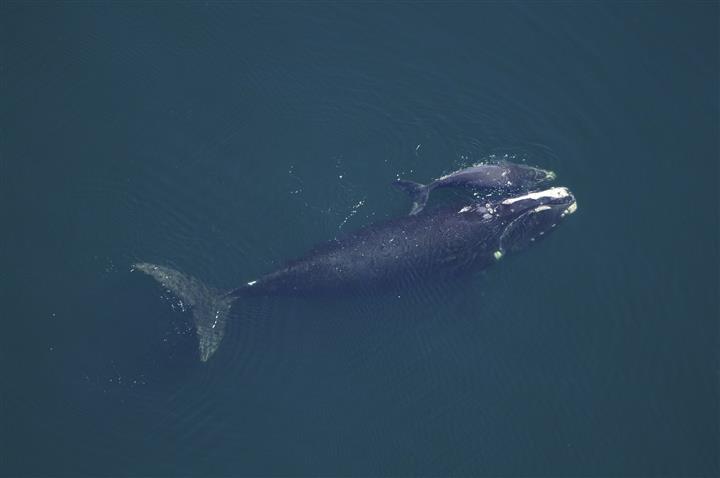
Females of most species give birth to a single calf every two to three years. Gestation periods range from 9.5 to 17 months. The newborn calf is pushed to the surface by the mother or by another adult. It is able to swim almost immediately and is nursed for 6 to 12 months.
Did you know?
Some large whales are believed to have lived 100 years or more in the wild.
13. What is a baby giraffe called?
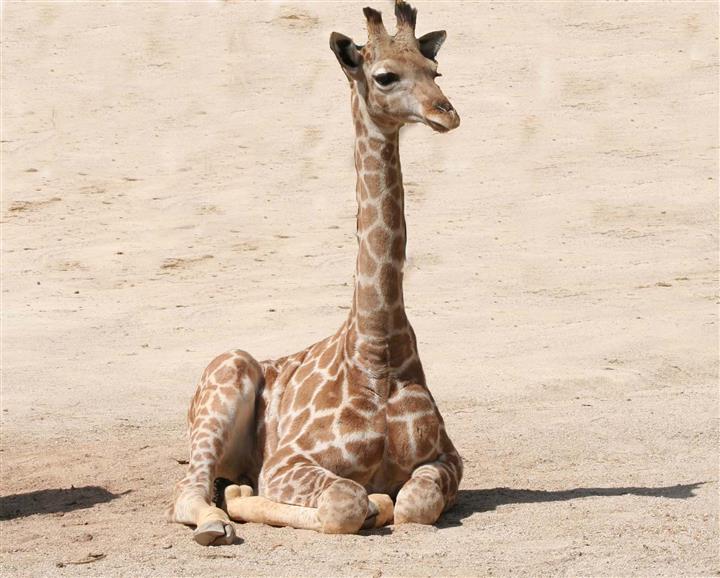
Females bear a single calf, which is about 6 feet (180 cm) tall at birth. Adult males may be 18 feet (5.5 m) from hoof to crown. The neck, which is up to 7 feet (2.1 m) long, has only seven vertebrae, the usual number in mammals, but each is very elongated.
Did you know?
Giraffes are among the very few mammals that cannot swim at all. The only other member of the giraffe family is the okapi.
14. What is a baby lion called?
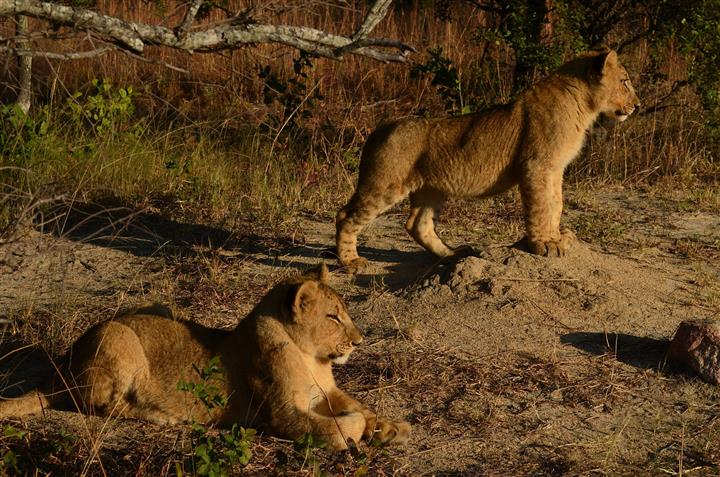
Grown male lions are about 9 feet (2.7 m) long, including the 3-foot (90-cm) tail, stand about 3 feet (90 cm) at the shoulder, and weigh up to 400 lbs (180 kg). Females are smaller and lack manes.
Did you know?
In early historic times, lions ranged over Eurasia from Eastern Europe to India and over all of Africa. They were eliminated from Europe and the Middle East by the beginning of the 2nd century CE and from most of the rest of their range in recent times.
15. What is a baby cow called?
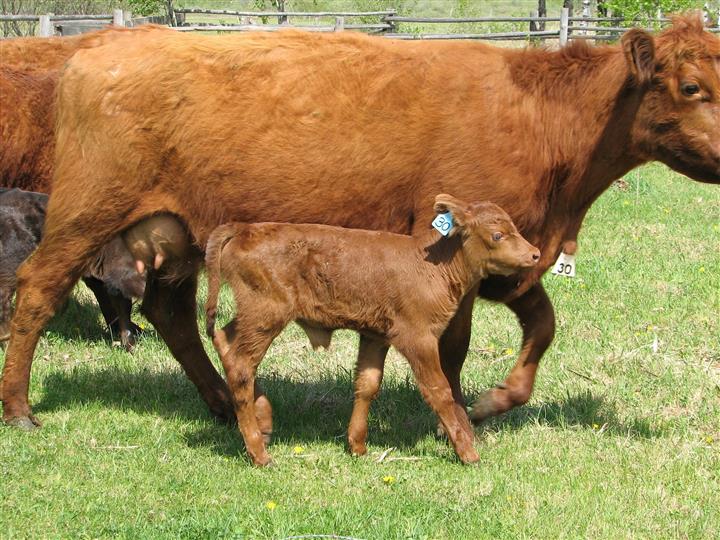
Did you know?
In various societies throughout history, wealth has been measured in terms of cattle—the word "cattle" is related to "capital," and "pecuniary" is derived from pecus, which is Latin for "cattle."
16. What is a baby monkey called?
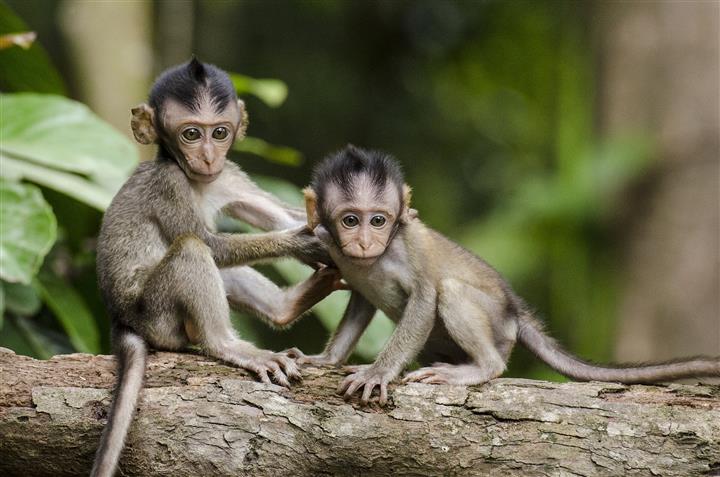
Monkeys live in troops of up to several hundred individuals and travel about in search of food, having no permanent shelter. Usually only one infant is born at a time, and it is cared for by the mother for a long period.
Did you know?
The howler monkey, the largest member of the New World monkeys, has a voice that carries several miles.
17. What is a baby goose called?
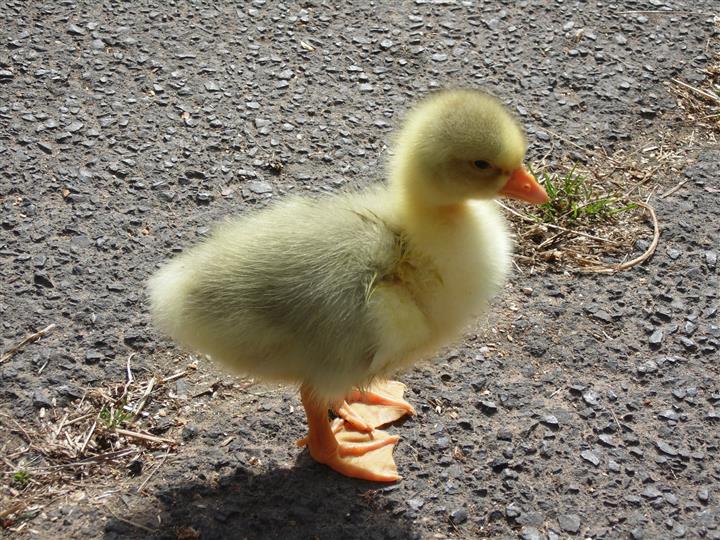
Did you know?
Geese were raised in ancient times by the Romans and other Europeans and were sacred in Egypt 4,000 years ago.
18. What is a baby eagle called?
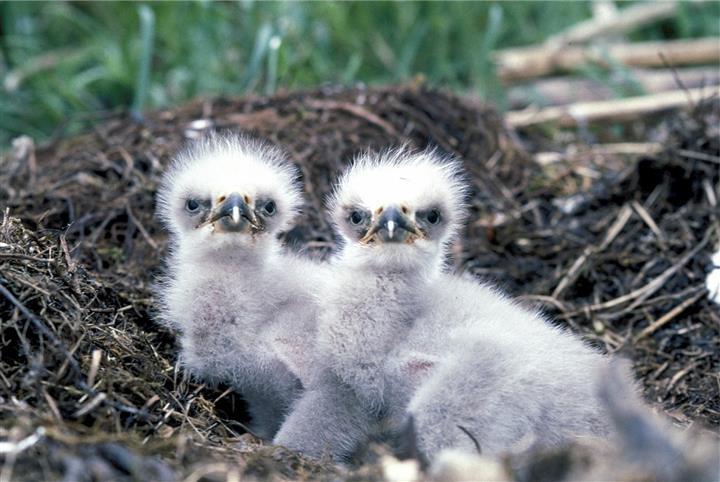
The eaglets (usually two) do not develop adult markings until their third year, when they leave parental protection and seek their own mates and territories.
Did you know?
Eagles—impressive both in size and for their fearsome beauty—have long been symbols of royal power and have appeared on coins, seals, flags, and standards since ancient times. The eagle was the emblem of one of the Ptolemies of Egypt and was borne on the standards of the Roman armies and of Napoleon's troops. The American bald eagle became the national emblem of the United States by act of Congress in1782. In folklore, the eagle's ability to carry off prey, including children (e.g., the legend of Ganymede), has been exaggerated; even the powerful golden eagle can lift no more than 8 lbs (3.6 kg).
19. What is a baby dolphin called?
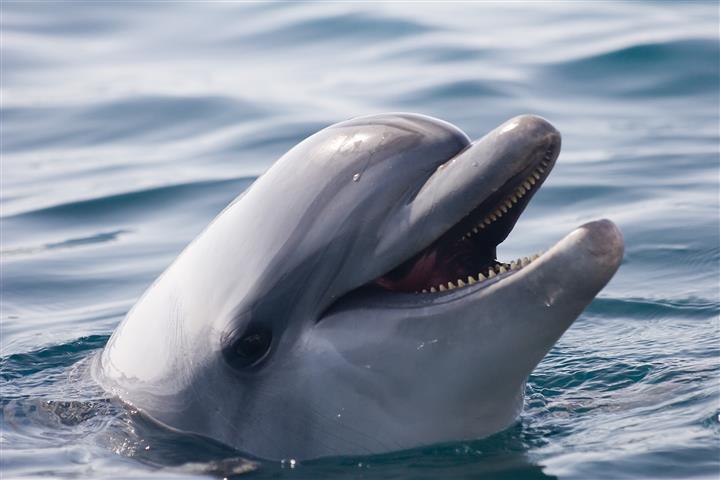
Bottlenose dolphins bear a single calf, 3 1-2 feet (97 cm) long and weighing 30 lbs (14 kg). The calf is born tail first after a gestation of 12 months. The mother or a female assistant bites the umbilical cord in two and pushes the calf to the surface to breathe. One female may watch over several calves while the mothers hunt, or during battle.
Did you know?
The bottlenose has partially stereoscopic vision that is keen both in water and in air. When the animal leaps from one medium to the other, its brain corrects for the difference in refractive index. The eye has a glowing layer for night vision and a brownish filter that is lowered over the iris in bright sunlight.
20. What is a baby pig called?
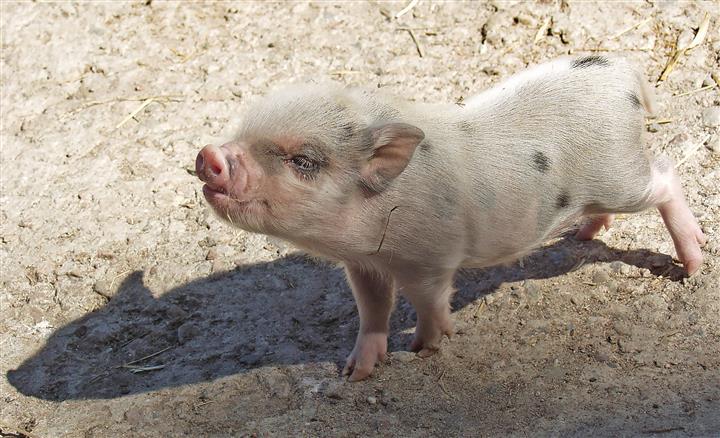
The name "swine" is applied mainly to domestic animals, which are also known as hogs. Sometimes these are called pigs, a term which in the United States is more correctly reserved for the young animals.
Did you know?
Hogs were introduced into the Americas by Columbus on his second voyage in 1493. In 1609, hogs were shipped to the Jamestown colony from England.
21. What is a baby moose called?
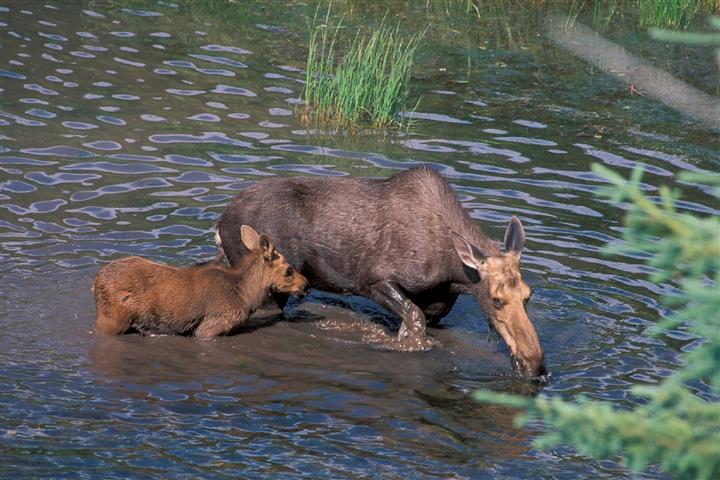
The moose is the largest member of the deer family. The largest variety of moose is the Alaska moose; the adult male weighs from 1,000 to 1,800 lbs (450–820 kg) and stands as much as 7 1-2 feet (2.3 m) high at the shoulder.
Did you know?
The moose is a very strong swimmer, reportedly crossing lakes many miles wide.
Do you know the plural of moose?
21. What is a baby owl called?

Many owls usurp the deserted nests of other birds, especially hawks; the burrowing owl of the New World lives in deserted prairie-dog burrows or digs its own. The barred owl has a familiar four-hoot call; the screech owl, misnamed for a similar European species, has a mournful descending cry.
22. What is a baby seal called?

All seals leave the water at least once a year, at breeding time. In nearly all species, the females give birth a year after mating, so that the births take place on land, just before breeding begins. The pups are nursed during the period, usually of several months duration, spent on land. Some species spend most of the year far from their breeding grounds.
23. What is a baby duck called?
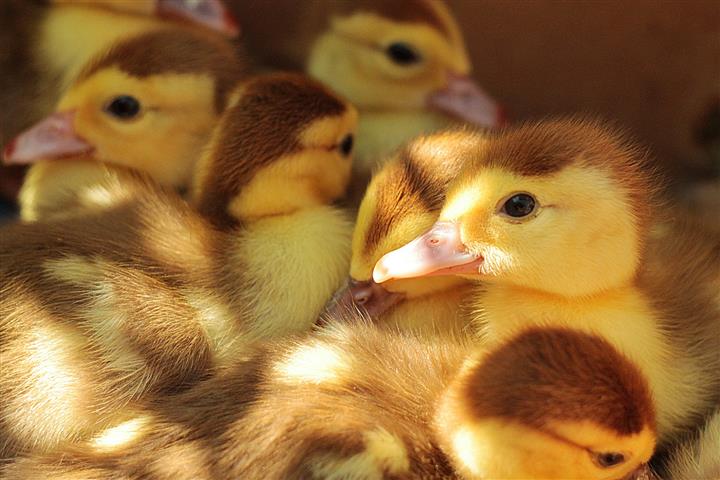
Ducks make long migratory flights. At the time of the postnuptial molt, the power of flight is temporarily lost, and most of the Northern Hemisphere drakes (male ducks) assume "eclipse" plumage similar to that of the female.
24. What is a baby wolf called?
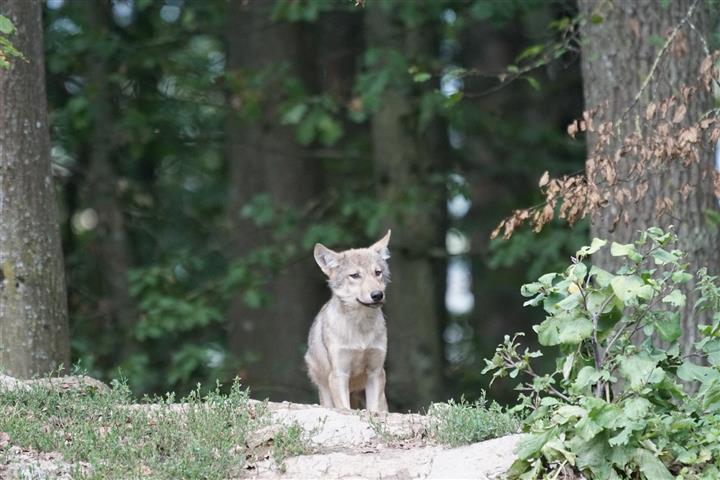
During the mating season, wolf pairs establish dens, usually in a cave or underground burrow, in which they raise the young; both parents bring home food. A pair is believed to remain mated for life.
25. What is a baby hen called?

Technically speaking, a pullet is a young hen of the domestic fowl, less than one year old.
26. What is a baby coyote called?
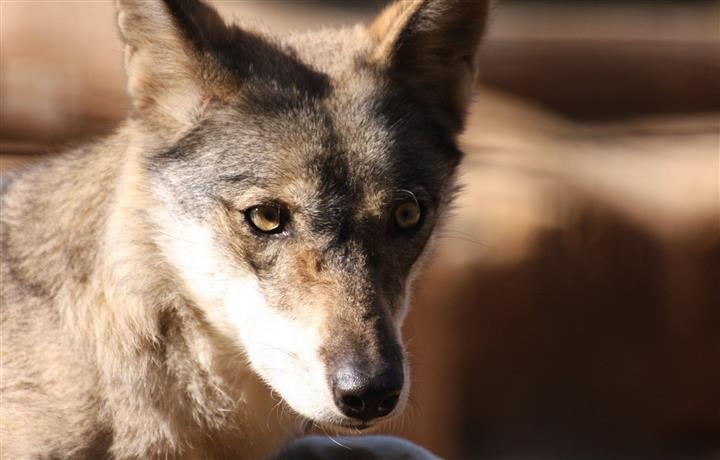
The coyote is a small, swift wolf, and it is also called the prairie wolf or the brush wolf. Coyotes live in pairs, and both parents care for the young; they make their dens in roots of trees, rock crevices, or in ground burrows made by other animals.
Did you know?
The eastern coyote is generally larger than those in the West as a result of having interbred with wolves; such hybrids are sometimes called coywolves.
27. What is a baby platypus called?
Platypuses live in pairs in simple burrows in stream banks, except during the breeding season, when the female makes a separate and more elaborate burrow containing a nesting chamber approached by a long tunnel. One, two, or three eggs are laid at a time and are incubated, in birdlike fashion, by the female. The female lacks nipples, and the young lick milk from the fur around the many small abdominal openings of the mammary glands.
Did you know?
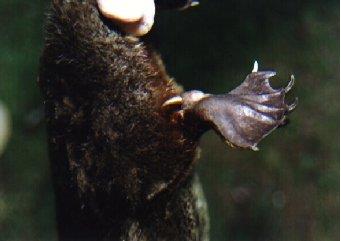
The platypus has no teeth. The heel of the adult male bears a hollow spur connected to a venom-secreting gland. This spur is probably used as a weapon, but its use is unclear; the males only produce venom during the breeding season. Females lose their spurs at about one year of age. The platypus's diet consists entirely of small freshwater animals dredged from muddy bottoms. Prey captured underwater are stored in cheek pouches and eaten at the surface or on land.
28. What is a baby eel called?
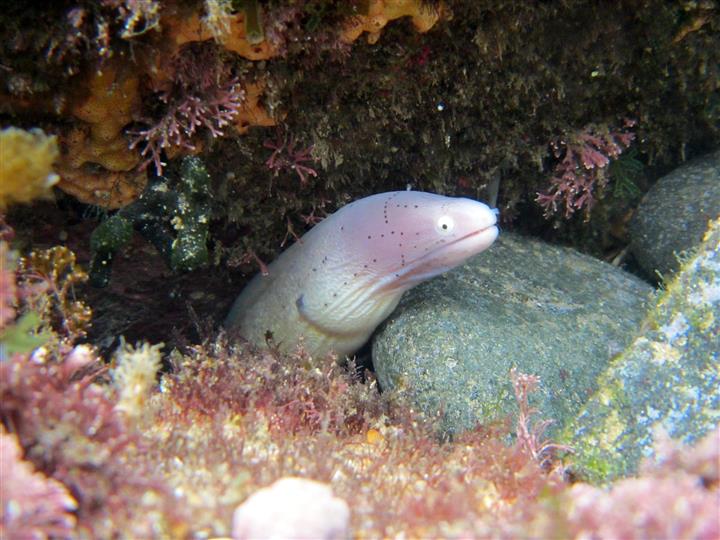
The mature European eel migrates 3,000 to 4,000 miles (4,828–6,437 km) to its spawning ground in the deep sea SW of Bermuda, a journey lasting several months; they use ocean currents to help them swim there, where they reproduce and then die. The young hatch as transparent ribbonlike larvae (called glass eels) that drift north and east on ocean currents for three years before entering a river; they then develop into elvers, tiny versions of the adult eel. The American eel follows the same pattern, except that the young require only one year to reach freshwater.
29. What is a baby ferret called?
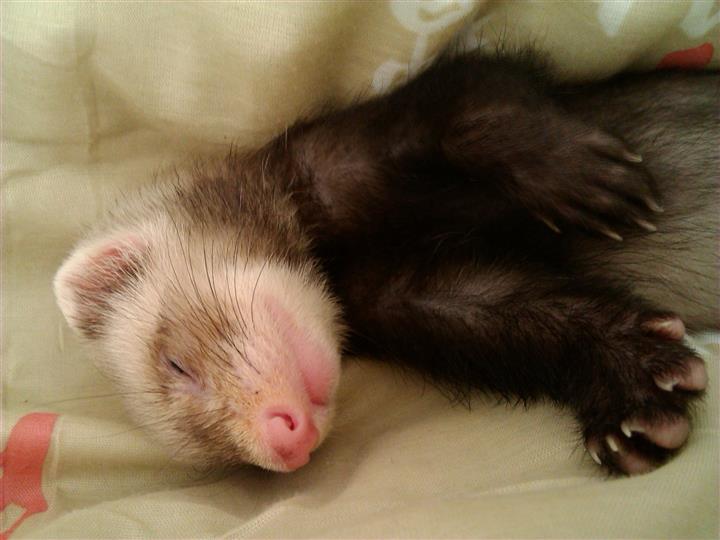
Did you know?
Ferrets have been used for centuries to hunt rats, mice, and rabbits. Domestic ferrets are found in many color types, including albinos, brown, and black.
30. What is a baby fish called?
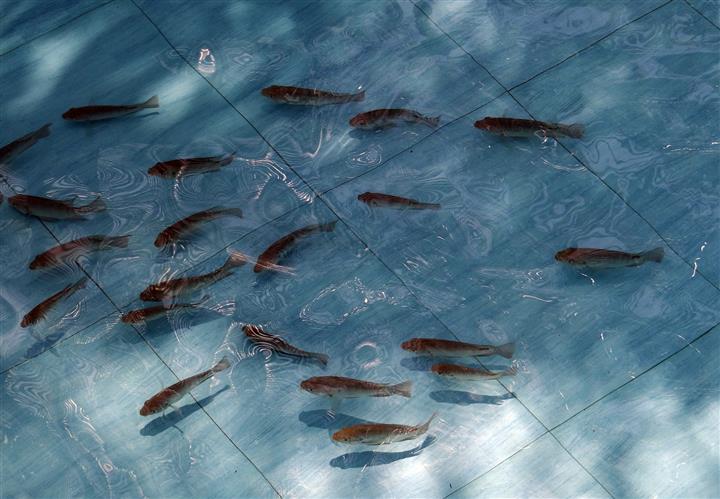
A baby fish is called a fingerling.
A few of the bony fishes, including some aquarium species, are live bearers, but most lay small, unprotected eggs that are fertilized after deposition in water. In most marine species, the eggs float freely in the currents, where they are eaten by other animals. An enormous number of eggs is therefore necessary to ensure the maturation of a few; in many species a female produces as many as 5 million eggs in one spawn. The eggs of most marine fishes contain oil droplets that buoy them up, while those of most freshwater fishes are heavy, with sticky surfaces that adhere to objects in the water. Most freshwater species build nests for the protection of the eggs, and in some the adults guard the nests.
31. What is a baby frog called?
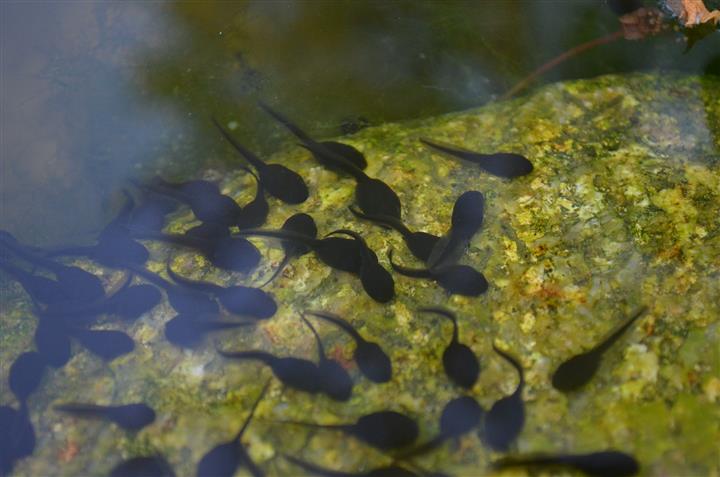
Did you know?
The word "tadpole," which first appeared in English in the 1400s, is an old compound word whose meaning is no longer transparent. "Tad" is a variant of the word "toad," while "pole" is simply an alternative spelling of "poll," meaning "head." Tadpole thus means "a toad that is all head," so to speak.
32. What is a baby hare called?
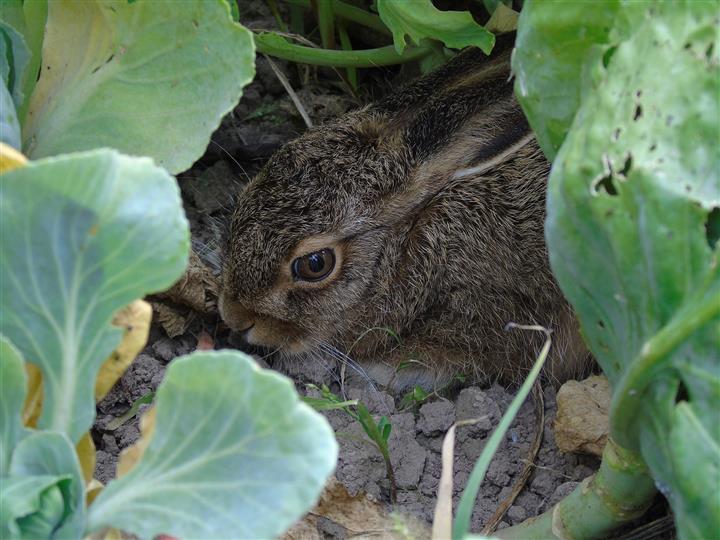
Hares generally have longer ears and hind legs than rabbits and move by jumping rather than by running. Unlike rabbits, hares are born covered with fur and with their eyes open. Females make nests of their own fur for receiving the young.
Did you know?
Members of most species rest in shallow hollows, called forms, that they make in vegetation; they have regular trails from these forms to their feeding spots.
33. What is a baby possum called?
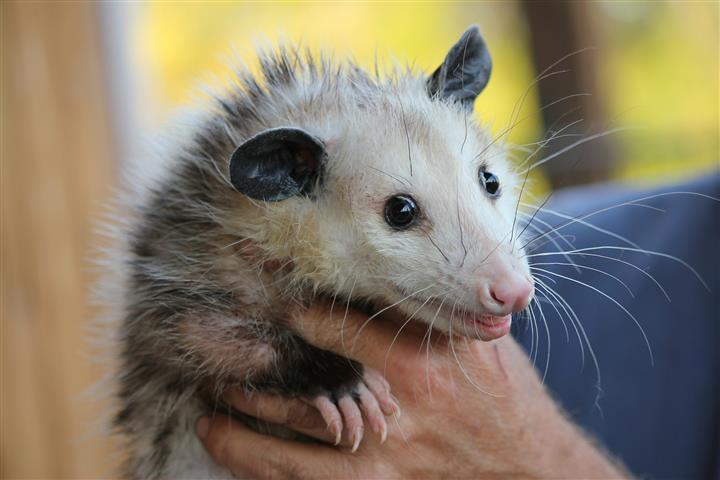
With the exception of an obscure group found in South American forests, opossums are the only living marsupials outside the Australia-New Guinea region. Six to 18 young are born after a gestation of 12 days and weigh 1-15 oz. (1.9 grams); they crawl through the mother's fur to the pouch where they are carried and nursed for three months. After emerging, they ride on the mother's back, clinging to her fur or tail with their own tails.
Did you know?
"Playing possum" is actually involuntary. When frightened, the possum goes into a state of collapse. This sometimes saves it from predators, who lose interest in an apparently dead animal.
34. What is a baby pigeon called?
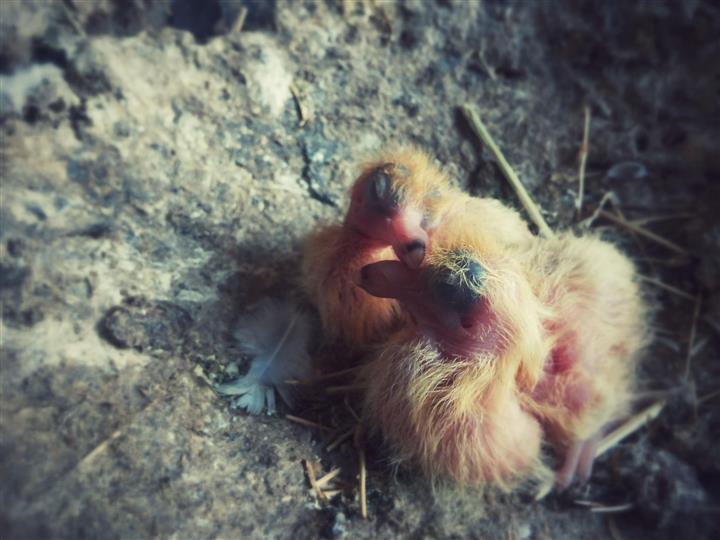
All pigeons have soft swellings (ceres) at the base of the nostrils, feed their young with "pigeon's milk" regurgitated from the crops of the parents, and have specialized bills through which they can suck up water steadily, unlike other birds.
Did you know?
From ancient times, pigeons&mdash:especially homing pigeons, which are also used as racing birds—have been used for carrying messages.
35. What is a baby tiger called?
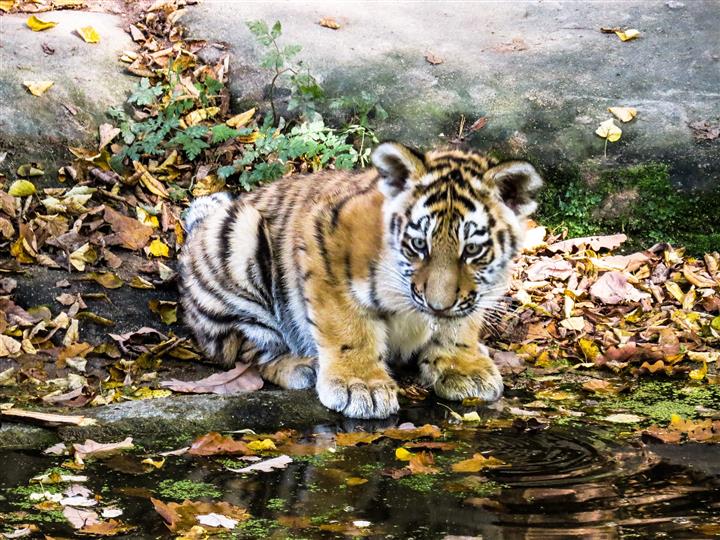
Females give birth to two or three cubs, which they raise and train for about two years.
Did you know?
Tigers are the largest species of the cat family. Male tigers are generally about 8 to 10 feet (2.4–3 m) long, including the 3-foot (1.8-m) tail. The Siberian tiger may be 13 feet (4 m) long, including the tail, and weigh 650 lbs (290 kg), much larger than any lion.
36. What is a baby cat called?
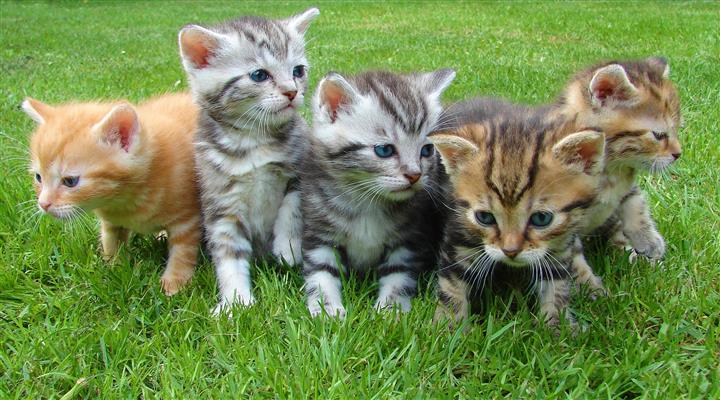
All cats, with the exception of the lynx and related species, have long tails which they use for balance. The musculo-skeletal system is extremely flexible, allowing cats to arch and twist their bodies in a variety of ways. Most cats have good vision and are able to see well in very dim light; their color vision is weak.
Did you know?
Cats' sense of hearing is excellent and, at least in the small cats, can detect frequencies of up to 40,000 Hz or higher.
37. What is a baby dog called?
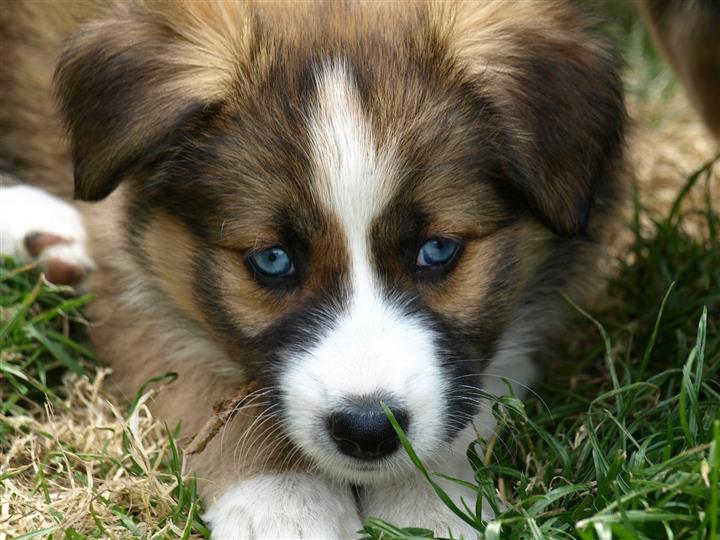
Whelping (giving birth) occurs after a gestation period of about nine weeks. The size of the litter varies to some extent with the size of the dog: toy dogs rarely bear more than 2 puppies, while the largest breeds average closer to 10.
Did you know?
Two characteristics distinguish the dog from other canids and, indeed, from all other animal species. The first is its worldwide distribution in close association with humans, encompassing both hemispheres from the tropics to the Arctic. The second is the enormous amount of variability found within the subspecies. For example, the Irish wolfhound may stand as high as 39 inches (99.1 cm) at the shoulder, while the Chihuahua's shoulder is usually no more than 6 inches (15.2 cm) from the ground.
39. What is a baby bird called?

Most birds build a nest in which to lay their eggs. Some birds, such as the oriole, weave an intricate structure, while others lay their eggs directly on the ground or among a few seemingly carelessly assembled twigs. Eggs vary in size, number, color, and shape.
Did you know?
In spring and fall, many birds migrate. Not all of the factors motivating this behavior are fully understood. These trips often involve flights of hundreds and even thousands of miles over mountains and oceans.
40. What is a baby alpaca called?

The Incas had domesticated the alpaca and utilized its wool before the Spanish Conquest. Exporting of alpaca wool to Europe began after Sir Titus Salt discovered a way of manufacturing alpaca cloth in 1836. Breeding alpacas is a small but growing industry in the United States, Canada, and some other non-Andean nations.
41. What is a baby bear called?
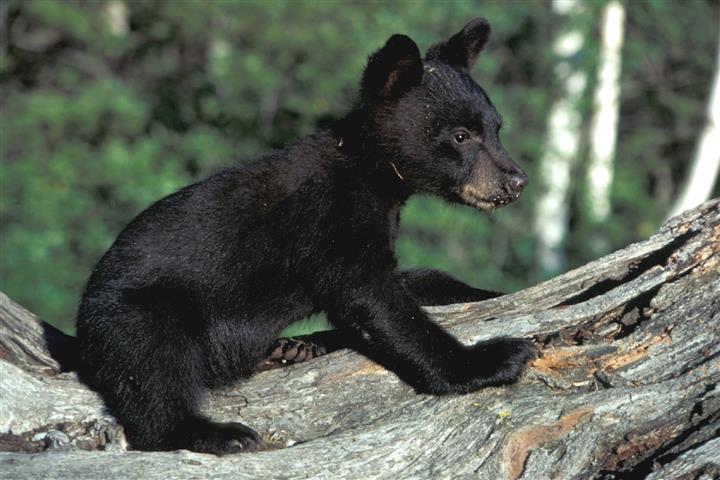
The young, usually twins, are born during winter in a very immature state. Cubs stay with their mothers for about a year, and females usually mate only every other year.
Did you know?
In cold climates bears sleep through most of the winter in individual dens made in caves or holes in the ground. This sleep is not a true hibernation, as the bear's metabolism remains in a normal state and it may wake and emerge during warm spells.
What is your favorite baby animal name?
Get all volumes of The Farlex Grammar Book in paperback or eBook.

